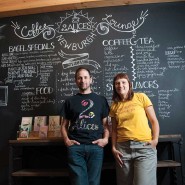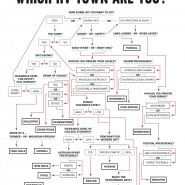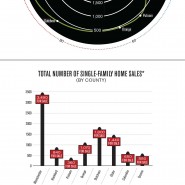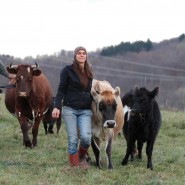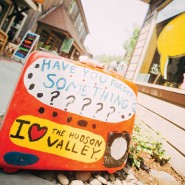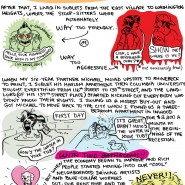Rustic and Righteous: An Experimental Family Farm
Upstater Magazine Summer 2015 | By Ann Hutton | Photos by Matt Petricone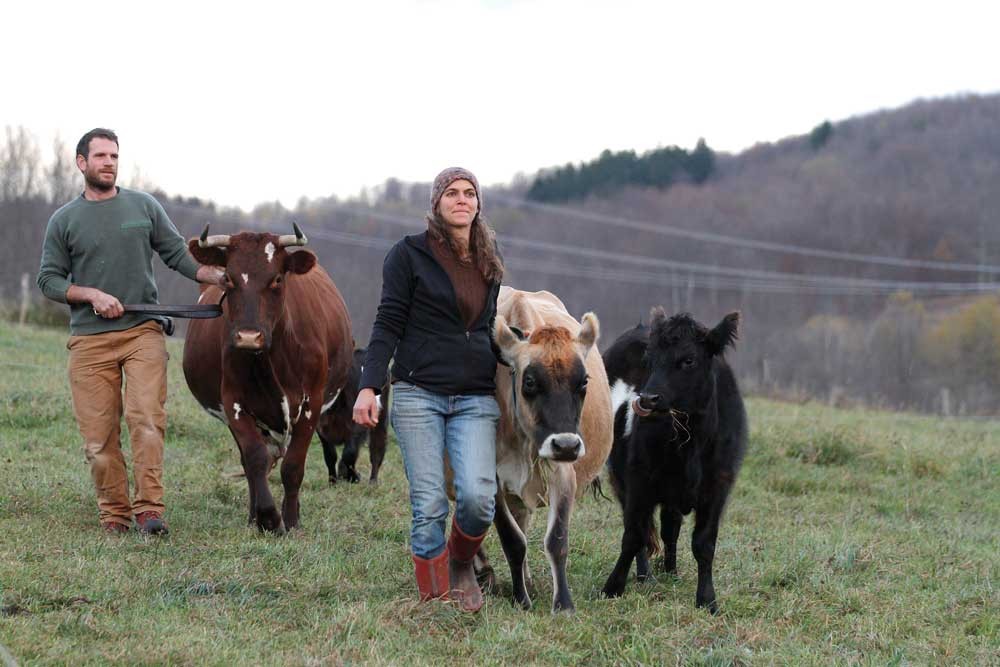
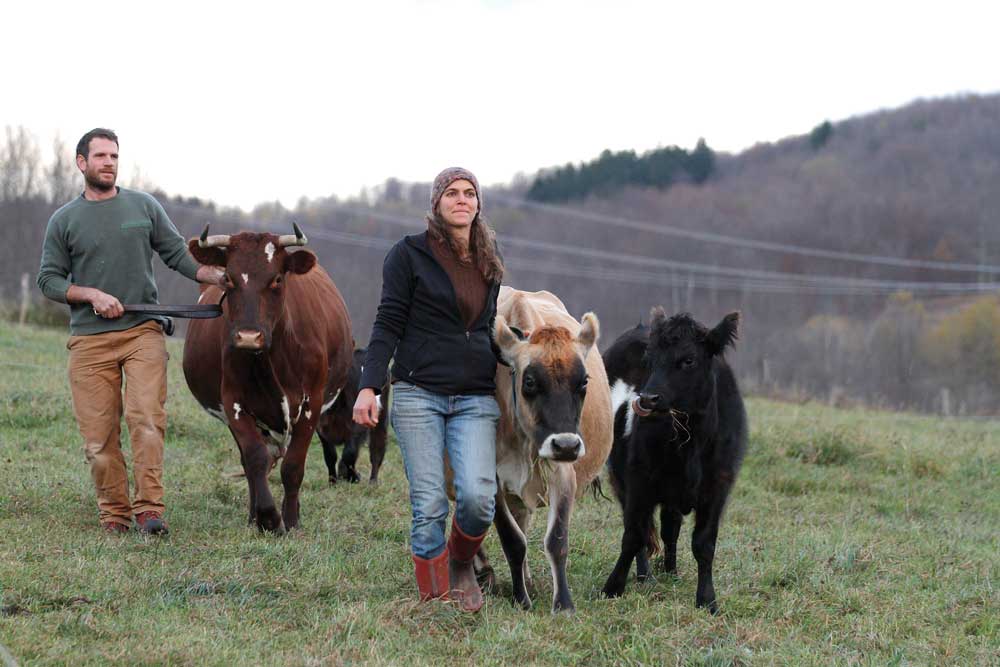
Snuggled into the folds of hills outside Walton, New York, is Stony Creek Farmstead, a working farm and farm-stay operation owned by Dan and Kate Marsiglio, along with the couple’s seriously environmentally-friendly house. The Marsiglios’ two-story home is a rustic work-in-progress that has caused a stir among sustainable-practices groupies for its combination of experimentalism and idealism.
The Marsiglios seem to be in constant forward motion, managing the household and farm together, dealing with ongoing construction details, taking care of their two children, and checking in with Dan’s parents, who also live on the property. They may only be in their 30s, but they’re not naïve about the work their endeavor requires. Introduced to Buckminster Fuller’s ideas while at Syracuse University, Dan is firmly rooted in design concepts that measure structural integrity on all fronts—material, environmental, and communal. “Green design focuses on the inputs and outputs, not only on local impacts, but on a global scale; everything factors in,” he says.
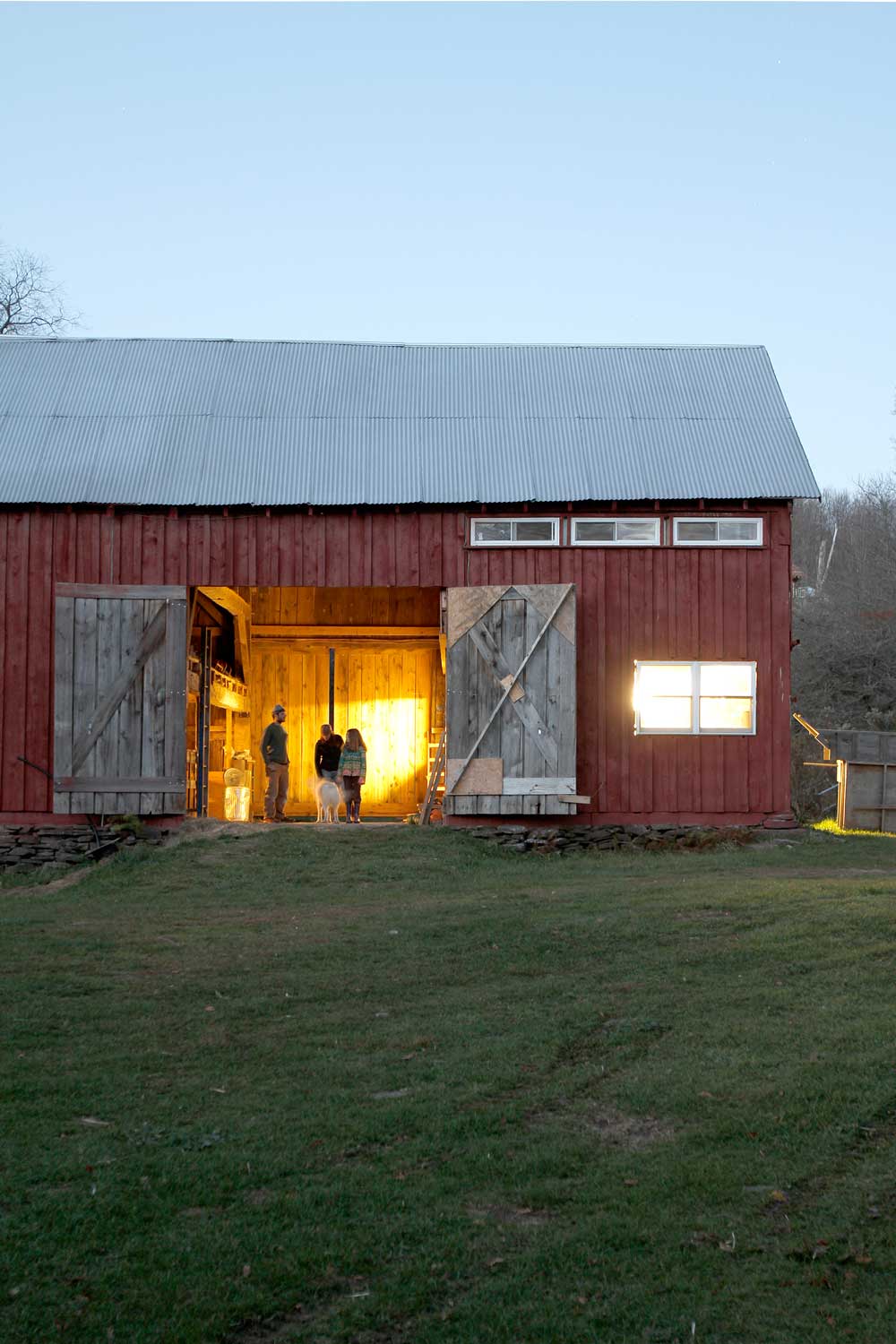
Built in a bolted, post-and-beam style with rough-cut hemlock that was procured 85 miles away and milled by a three-man crew in a tiny sawmill, the Marsiglios’ house fits Fuller’s definition of integrity: strong, whole, complete. It’s also a paragon of energy efficiency. Passive-solar, built into a south-facing slope, takes advantage of shade from tree cover in the heat of summer and the warmth of the sun in cold weather. An active solar panel on a hillside to the north hooks up to the grid for trickle charging in inclement weather. An entryway doubles as a greenhouse and is recessed four feet below ground level to retain captured heat. From the greenhouse, a staircase leads to the bright kitchen and living room, which are flooded with sunshine streaming in from above. The many skylights are constructed of thick corrugated, polycarbonate, an almost indestructible material used in commercial greenhouses. A central wood stove augments interior temperatures during the winter, and warm air flows freely to the second-floor sleeping quarters.
The Marsiglios have occupied the house for seven years through various stages of its evolution. Their vision extends far beyond the walls of their home. Their mission is to implement a philosophy and create a functioning example for sustainable living. They produce most of their own food and enough extra to sell locally through a CSA. To supplement their income and educate the next generation of farmers, they offer “art farm” camp to kids from five to 14 years old. The Marsiglios want to figure out how other people can work to build a house, grow food, and bring in the community. “This need not be some anomaly,” Dan says. He’s glad that many people have become interested in growing organic food and backyard farming, but believes change has to go further than keeping a handful of chickens. “Hobby farming is not a model that can be replicated for full financial solvency,” he says.
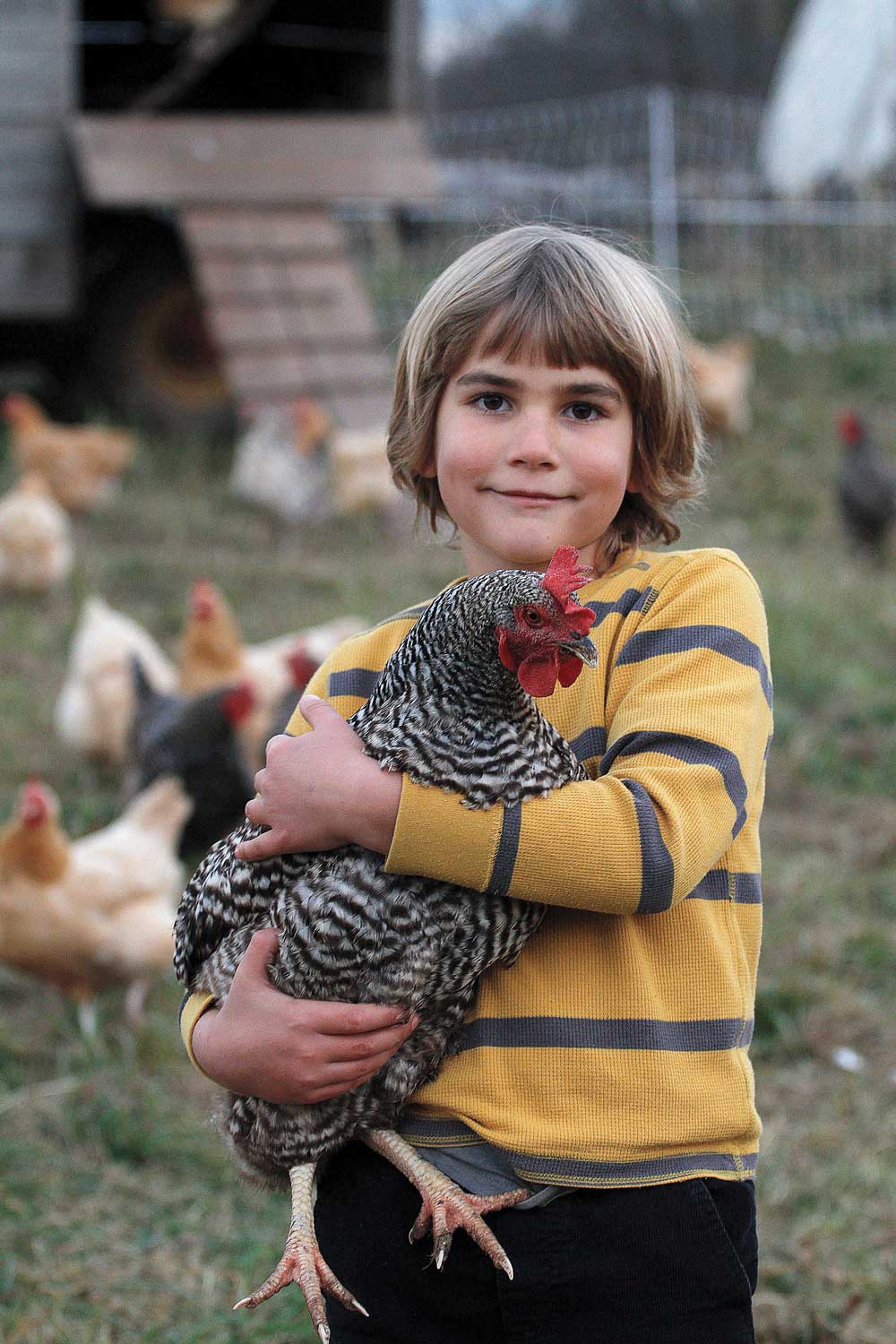
“We’re a full farm. We keep sheep, cows, pigs, chickens, Guinea fowl, turkeys, and bees,” Kate says. “Our goal is to show people what a model sustainable farm looks like.” A solar shed beyond the house’s deck shelters over 100 laying hens. Livestock is raised according to the method of famous farmer Joel Salatin, the subject of the documentary Food, Inc., which involves rotating animals on pastures of healthy grass. Flocks of fowl are moved in behind the cows and sheep to peck through the dung and eat fly larvae while fertilizing the field with their droppings. Clearly, living the dream takes a lot of hard work.
“We try to keep the other pieces small enough so they’re manageable, but large enough so they work in concert together,” Kate says. “We could be a more successful business and make more money if we didn’t take time to spend with our parents and our kids.”

